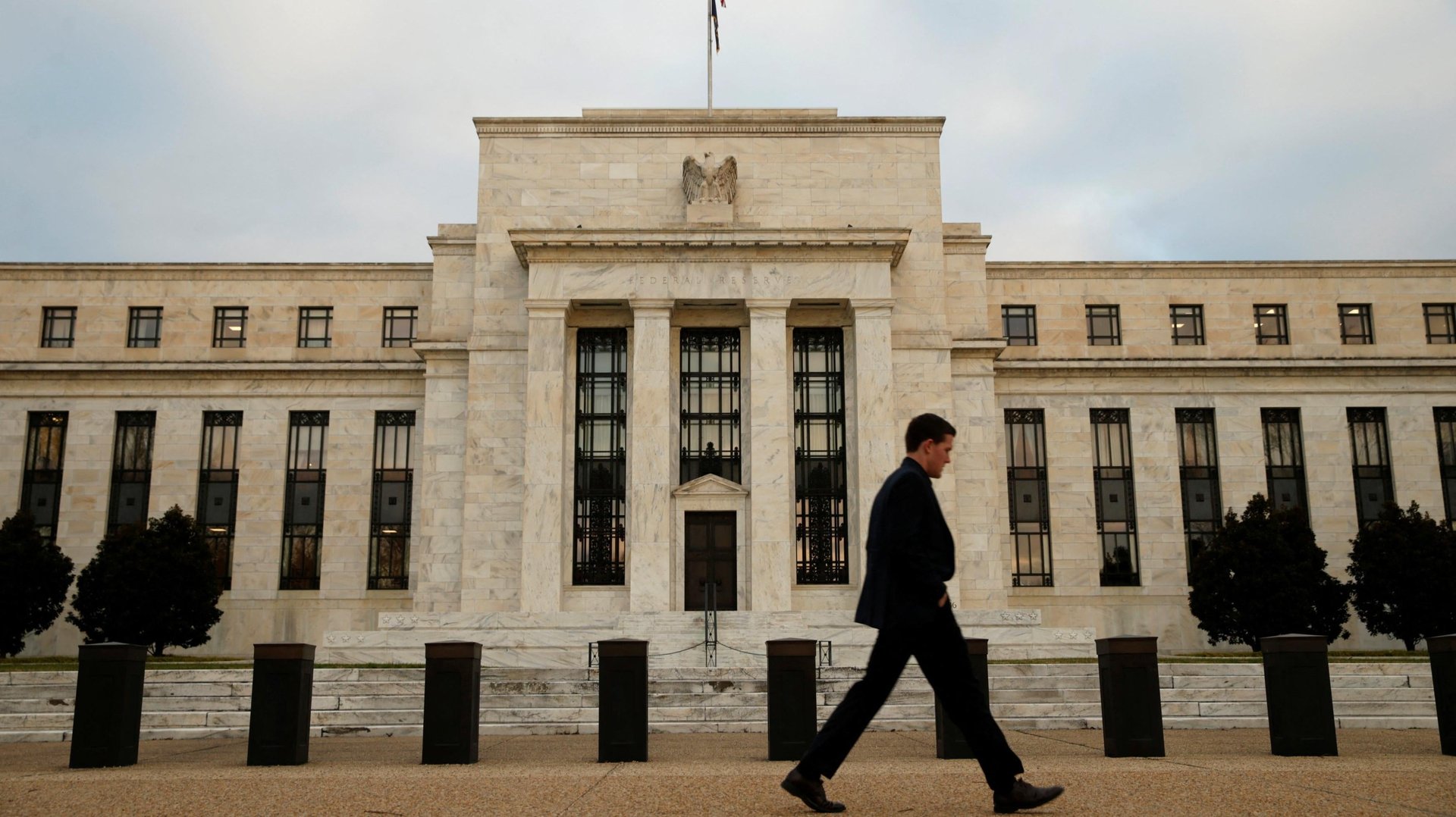Results are in from the Fed's first bank stress tests since SVB collapsed
The Fed tested 23 of the top US banks but used a test created before Silicon Valley Bank failed

The results of the Federal Reserve’s latest bank stress tests are in (pdf) and they show that the eight largest banks in the US are protected from the conditions that caused the collapse of Silicon Valley Bank.
Suggested Reading
A more broadly applied test, involving 23 of the top US banks, showed that while the institutions would lose a combined $65 billion from a 40% drop in the commercial real estate market, and $541 billion overall in a severe recession, they’d keep lending even under those conditions.
Related Content
Banks are required to hold capital as a cushion against losses, and to ensure they can continue to provide credit to households and businesses, even during periods of financial stress. The stress tests evaluate the sufficiency of this capital cushion under different economic scenarios.
The results of the 2023 test show that the ratio of risk-weighted assets to capital at the 23 examined banks would fall from 12.4% to 10.1% in a severe recession—still enough to meet the minimum capital ratios they would need to survive.
The Fed’s annual stress tests were put in place after the 2008 financial crisis and apply to banks that have $50 billion or more in capital. Banks that struggle in the stress test are required to cut their dividend payouts or stock buybacks in order to preserve or build up their capital reserves.
The future of the Fed’s stress tests
After the recent collapse of Silicon Valley Bank, Signature Bank, and First Republic Bank—none of which triggered major alarms with their regulators prior to failing—Michael Barr, the Fed’s vice chair for supervision, shared a plan to speed up the Fed’s supervision process and modify how banks are evaluated for resilience during crises.
Today, the test evaluates if banks can maintain a minimum capital ratio of 4.5% amidst a hypothetical economic downturn. In the future, instead of just testing how banks would hold up in a given adverse scenario, Barr proposed a “reverse stress test,” where regulators would attempt to identify what it would take to cause a bank to fail. The central bank’s board would still need to approve these changes before they could be enacted.
In addition to the mandatory stress test, the Fed also conducted an “exploratory market shock” which tested the U.S. Global Systemically Important Banks (G-SIBs)—which are the eight largest and most important banks—against conditions that are similar to what sank SVB. The Fed tested them against rising interest rates, dollar appreciation, increasing commodity prices, high inflation expectations, and a less severe recession.
While rising rates triggered a plunge in the value of the bonds in SVB’s portfolio, contributing to the bank’s failure, it should be noted that in a recession, the Fed would likely start cutting rates, which would increase the value of bonds and offset some of the negative effects on banks’ health.